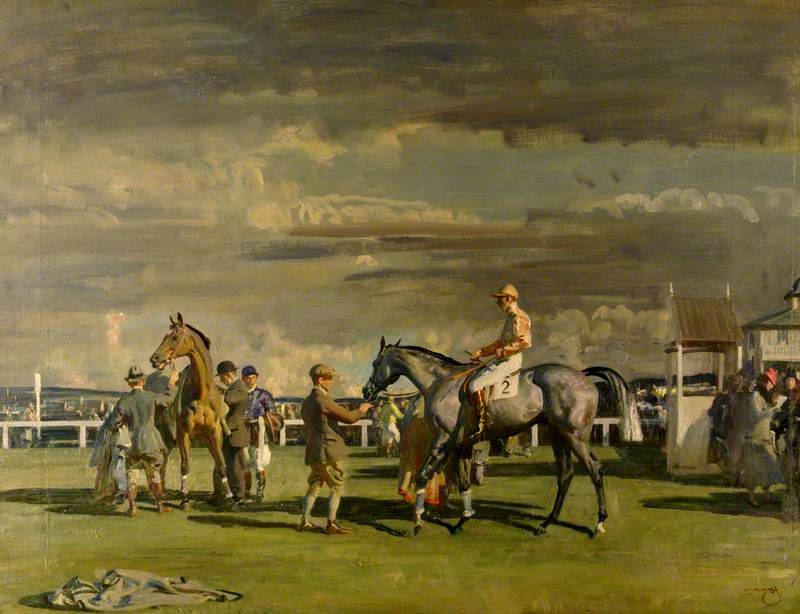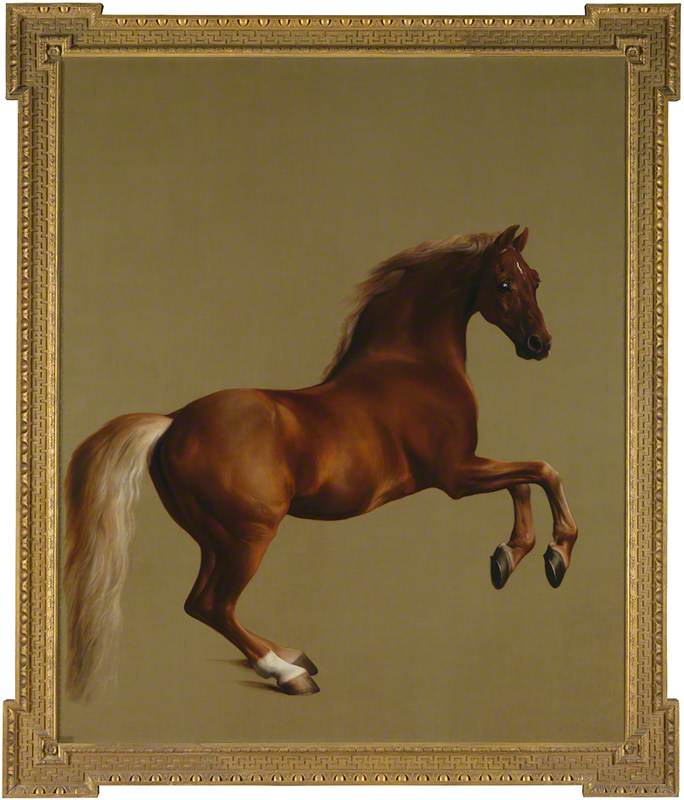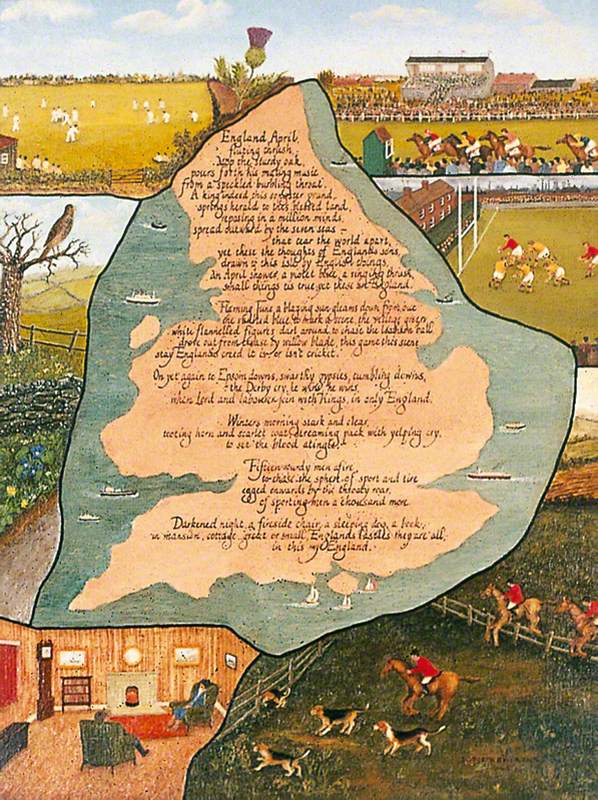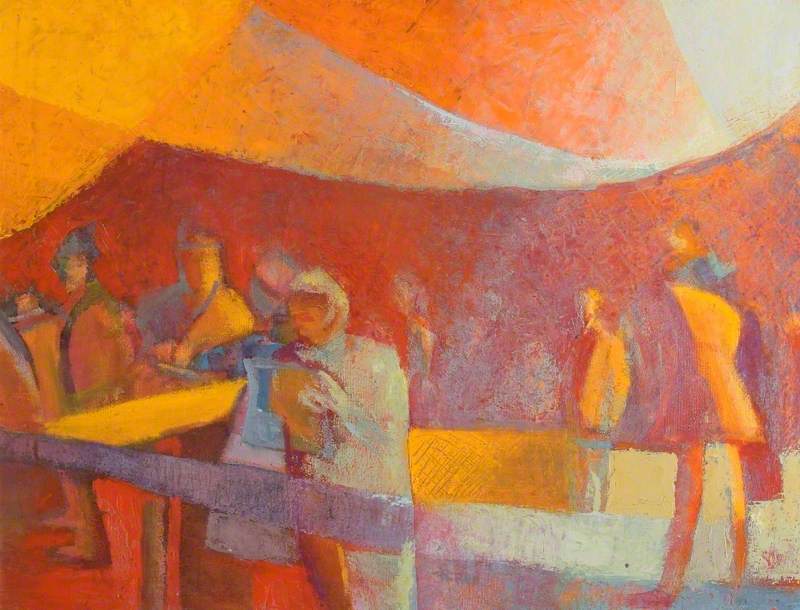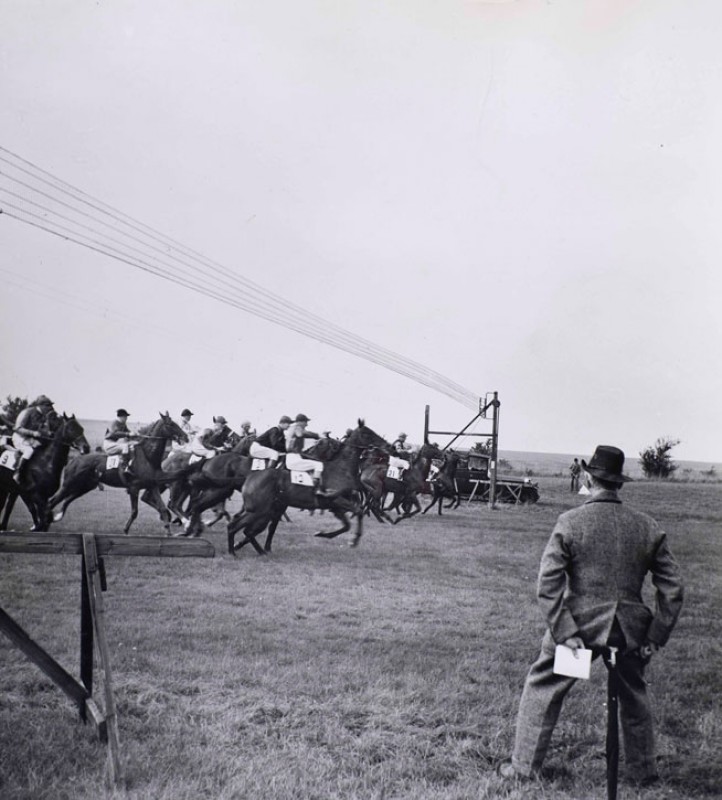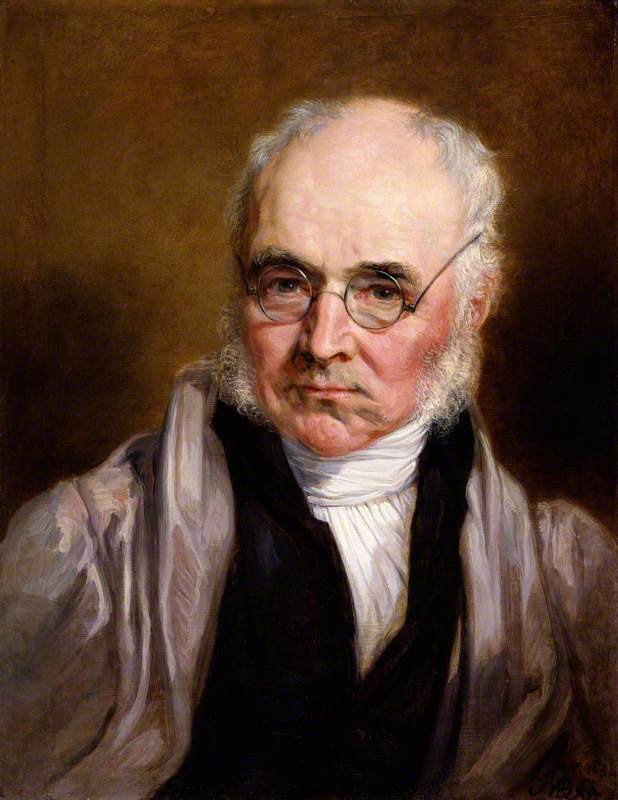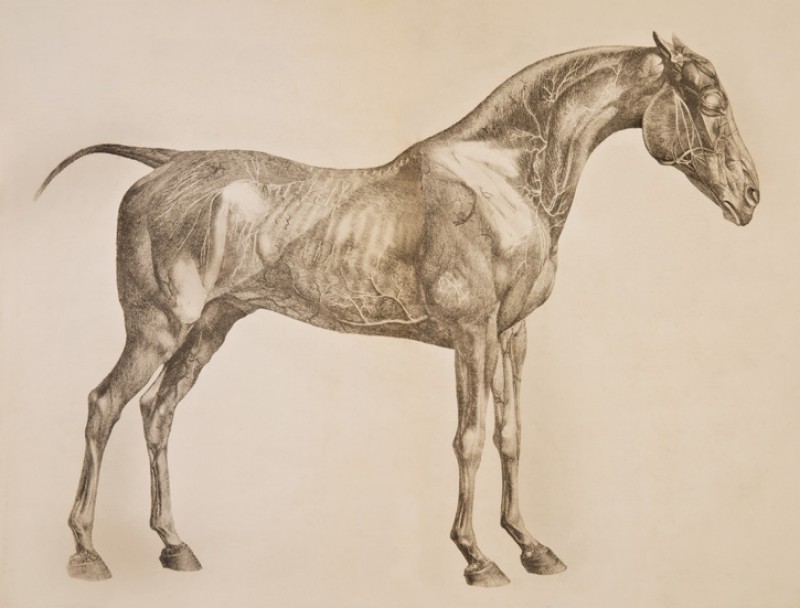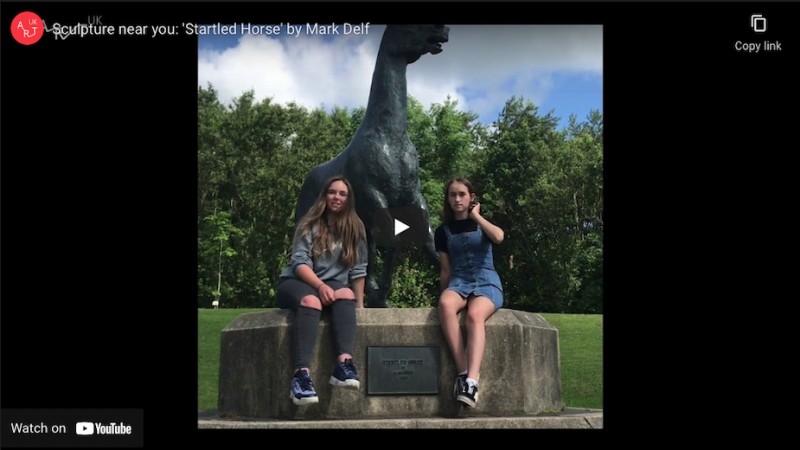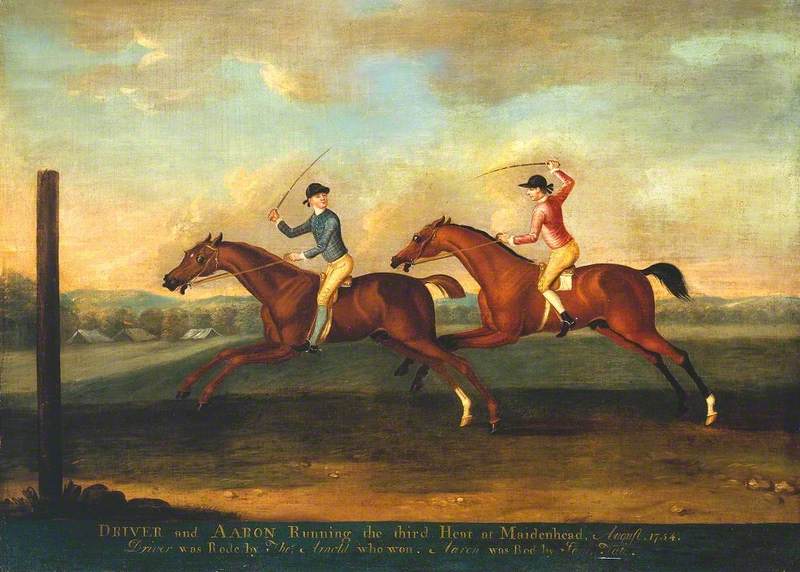
The Match between Aaron and Driver at Maidenhead, Aug. 1754: Driver Winning the Third Heat
Richard Roper (c.1730–c.1775)
Tate
Horseracing has a special place in art history as it was rich man’s sport at a time when Britain’s greatest animal painter was working. Racehorses could win valuable prizes and large sums were bet on them. Owners have commissioned paintings of their favourite horses since the early eighteenth century.
In the UK, horseracing was first regulated in 1755 at the same time that George Stubbs began his study of horses.
